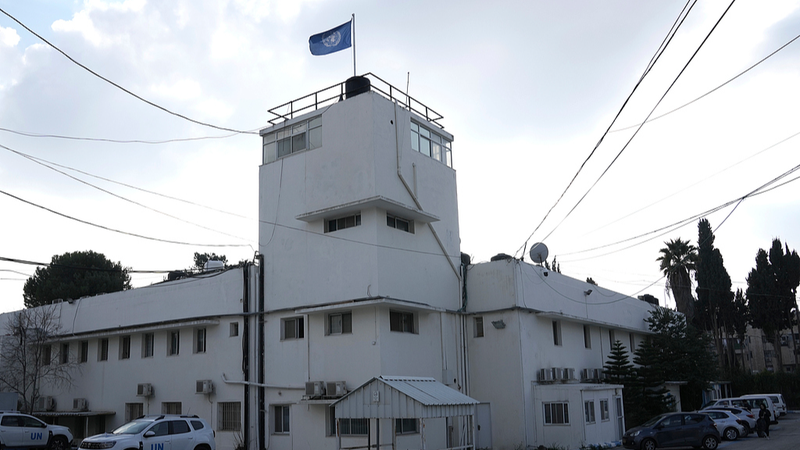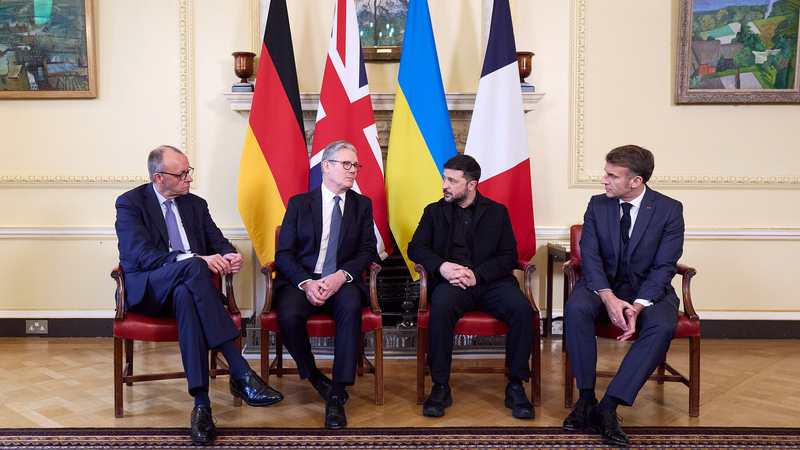The World Health Organization has taken a bold step in global health by formally adopting a new Pandemic Agreement after more than three years of intense negotiations. Hailed as a "victory for public health, science, and multilateral action" by WHO Director-General Doctor Tedros Adhanom Ghebreyesus, this pact lays down a clear, science-driven roadmap to boost our readiness for future health crises. 🌍
At the core of the agreement is the innovative "One Health" approach, which emphasizes the vital interconnection between human, animal, and environmental health. By enhancing surveillance across these areas, officials aim to catch potential threats early—helping to prevent viruses from spilling over to humans.
A standout element of the agreement is the Pathogen Access and Benefit-Sharing (PABS) system. This groundbreaking platform is designed to enable the swift sharing of crucial pathogen data and samples, including genomic sequencing details that play a key role in rapid detection and the accelerated development of treatments and vaccines. 🔬
The pact also champions the importance of an "always-on" research and development framework. It calls for bolstering laboratories, clinical trial networks, and other critical infrastructures so that the world can respond quickly when a health emergency unfolds.
Additionally, the agreement addresses the need for a more balanced global manufacturing capacity, especially in low- and middle-income countries. By advocating for technology transfers on mutually agreed terms, the pact aims to ensure a fair geographical distribution and a rapid scale-up of pandemic-related health products, setting the stage for a more resilient future.
Reference(s):
WHO Pandemic Agreement forges science-driven path to preparedness
cgtn.com




